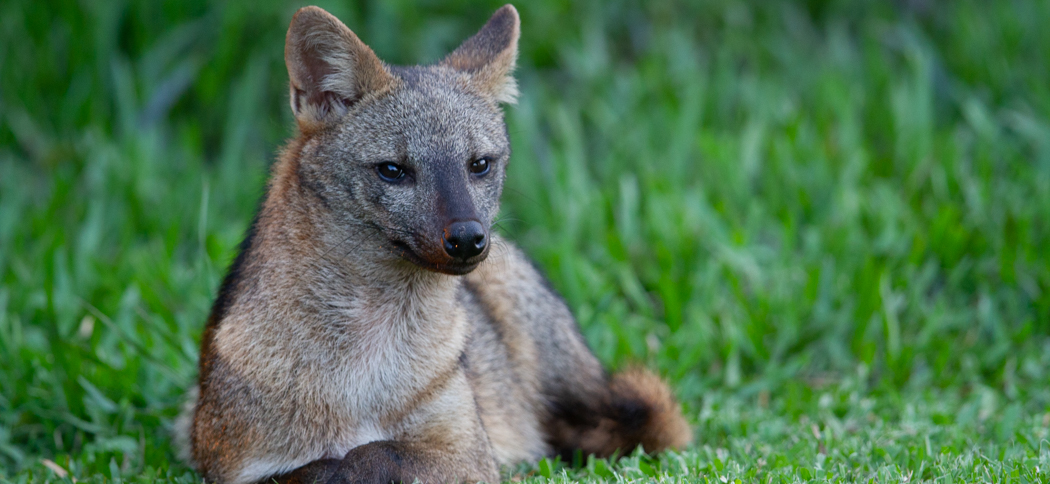
Strange Tails
We're delighted to have a strong population of strange-tailed tyrants at the reserve. So much so that we've adopted these beautiful and endangered birds as the symbol of the Trust
The growing diversity of the animals of Reserva Don Luis is a fresh source of delight every time we return. We don't play favourites, but it's impossible not to engage more with some of our more conspicuous guests. One of these is the strange-tailed tyrant. The male is stoic in his tolerance of one of nature's strangest - and it would seem least practical - adaptations. He's willing to suffer to be beautiful, and somehow manages to fly with tail feathers that were surely designed for a bird three times his size.
We love his perseverance; his resolution to succeed against challenge, and his ability to prove that anything is possible. He's appearing in growing numbers on the Reserva Do Luis, and his success has become an allegory for, and a symbol of, our own.
When we started the process of updating and redesigning our website, we wanted to adopt an image that symbolised our aims and our challenges. This brave little flycatcher, with his indomitable character, was the perfect choice.
The logo is a stylised profile of a male tyrant, silhouetted against the sunrise. We coloured the sun the blue of the Argentinian flag in honour of this country's beauty, its climate and the breathtaking span of magnificent animals that it nurtures.

Bat Research
Our bat team is conducting bat research both in the Ibera Marshes and in other provinces. We are especially concentrating on Misiones at the moment where we find the largest bat in Argentina, Chrotopterus auriitus and Myotis ruber, two species that we are researching.

Crab-eating Fox, Zorro de Monte
Cerdocyon thous
The Crab-eating fox is one of 2 fox species found in the Ibera Marshes and it tends to habitate the wooded areas. The Grey fox, which is less common in our area tends to stick to more open habitats.
We regularly see this fox around the reserve and it appears to breed successfully.
This fox is somewhat longer than the Gray Fox, in the order of 65cm with the tail half as long again. The fur is less dense which means that they are less attractive to hunters for their pelts. The coat is generally grey/brown with a redish tint to the face and legs and their weight is between 5-8kg.
Their diet is omnivorous and they eat a wide range of items including insects, amphibians, fish, rodents and small birds.

